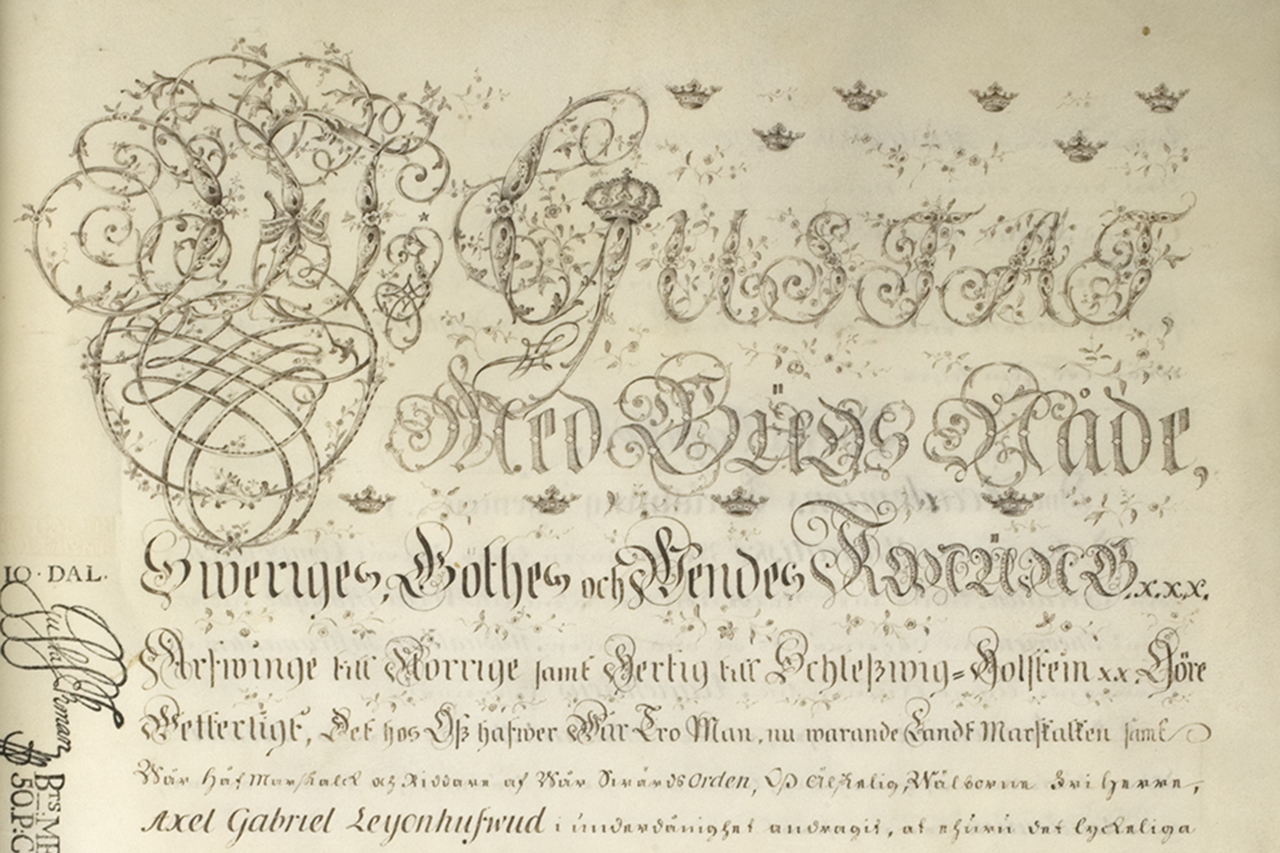History

The academy was founded in 1771 with the primary objectives of promoting art music and musical life. From the very beginning, the academy has been under the protection of the Swedish regent. In the first by-laws, signed by King Gustav III, it is written that the academy shall promote, "that which the musical sciences comprise, both composition as well as execution," and it is emphasised that young people should have access to education "in composition, singing and musical instruments" under the direction of the academy.
Through the centuries the academy's care has seen these goals fulfilled in a constantly changing musical life. The commitment to education led to the formation of the central administrative agenct which fully developed at the turn of the 20th century, as well as the emergence of what is now the Royal College of Music in Stockholm. During the latter decades of the 20th century processes were set into motion that would free the academy from its function as an administrative authority and give it an independent role. Post-secondary music education became a part of the National Agency for Higher Education in 1971, now called the Swedish Higher Education Authority. In 1982 the Swedish National Collections of Music was formed, taking over from the Music Museum and the academy's library. Today these organizations are a part of the Swedish Performing Arts Agency with expanded roles, and under the titles The Music and Theatre Library of Sweden and The Swedish Museum of Performing Arts.
The academy's successful projects in more recent decades include the CD-anthology Musica Sveciae, with more than 100 hours of recorded music, from bronze-age lurs to compositions with live electronics, and from symphonies to nursery rhymes.
Musiken i Sverige is a four volume history of music that covers Swedish music history in all genres, published between 1992–1994.
